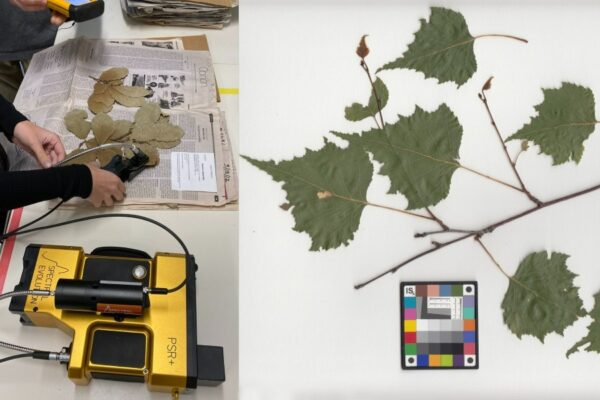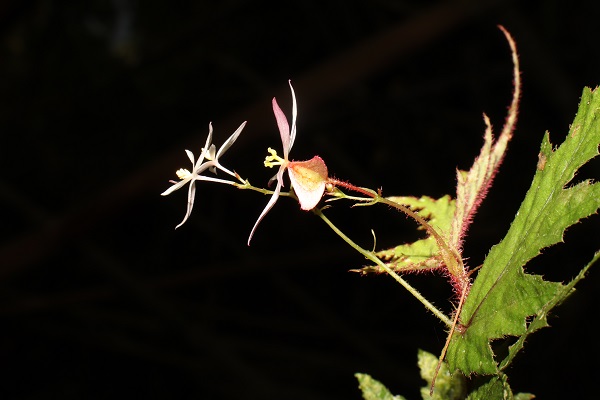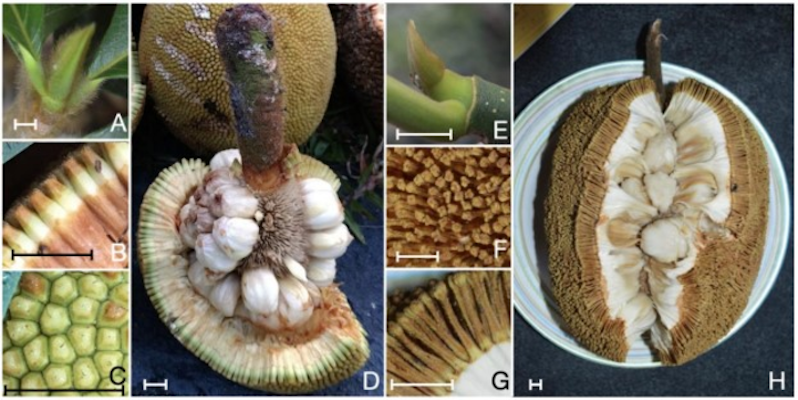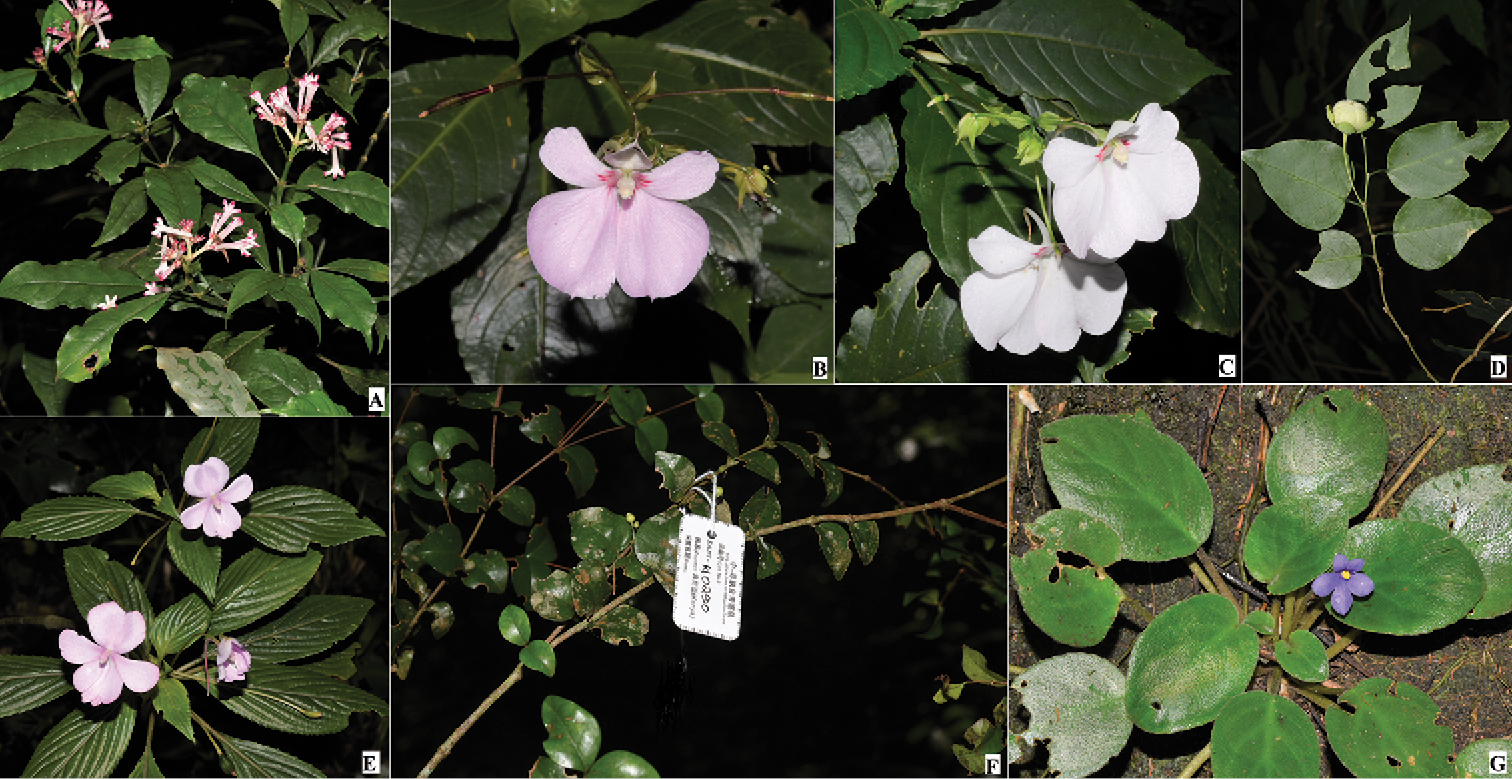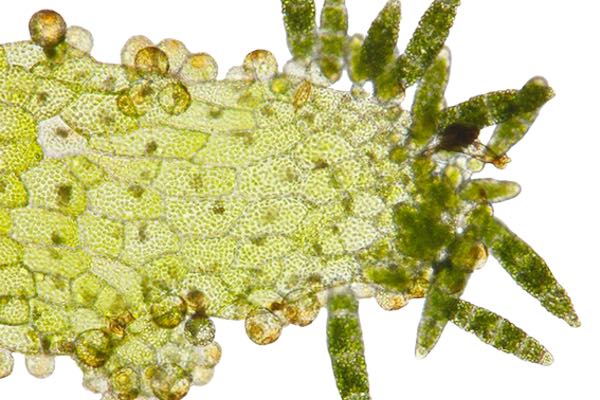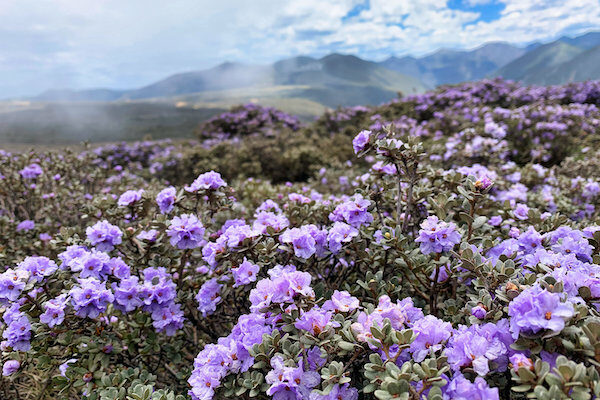
A big part of evolution is competition-- when there are limited resources to go around, plants and animals have to duke it out for nutrients, mates, and places to live. That means that the flower-covered meadows of China’s Hengduan mountains…
Read More


